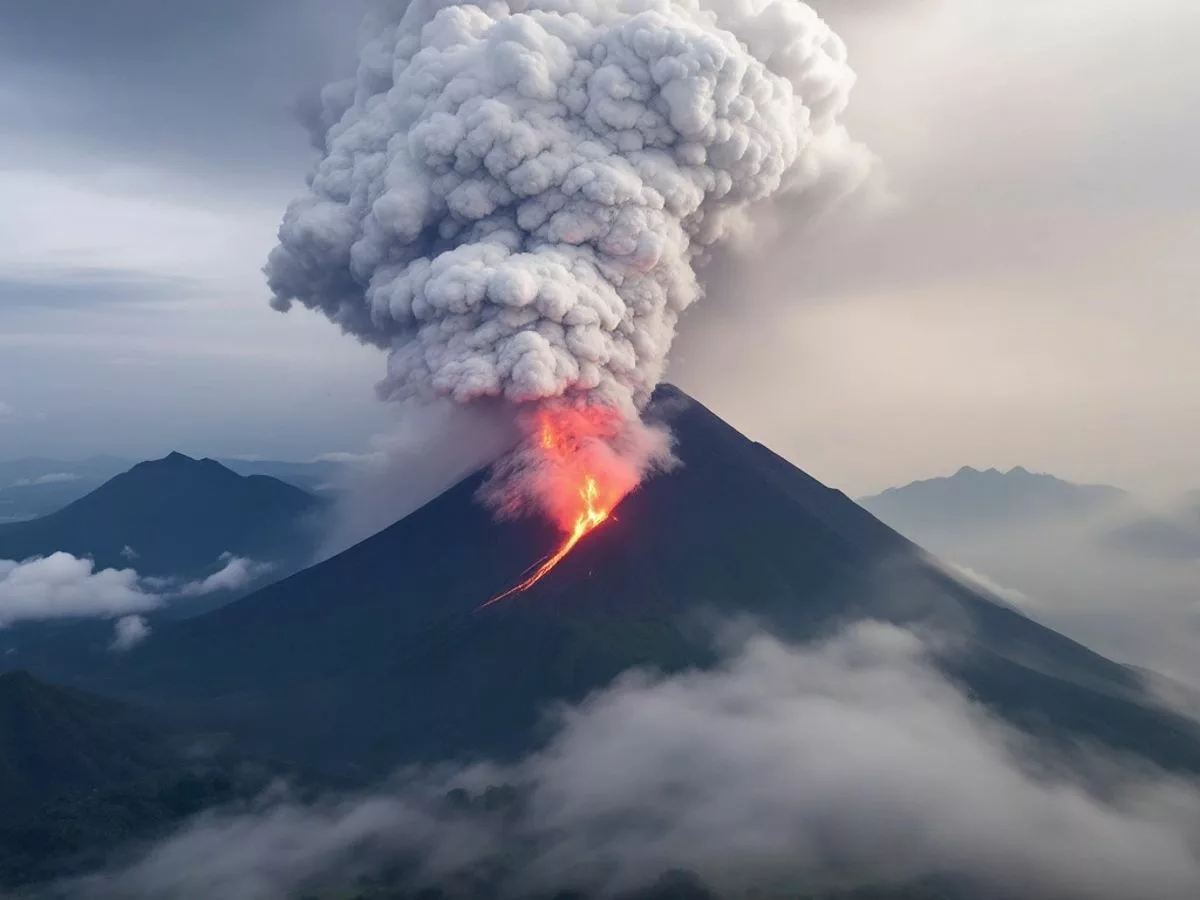
The Philippines’ Taal Volcano has erupted, sending a plume of steam over 2 kilometers into the sky. Located about 70 kilometers south of Manila, Taal is one of the world’s smallest active volcanoes, yet its eruptions have historically posed significant threats to nearby communities and air travel.
Key Takeaways
- Eruption Type: The eruption is classified as phreatomagmatic, where magma interacts with water, producing steam.
- Location: Taal Volcano is situated within a large lake near Tagaytay in Cavite province.
- Alert Level: The alert level remains at the lowest, with no immediate evacuation orders.
- Historical Context: Previous eruptions have caused significant damage and loss of life, including a deadly eruption in 1911.
Overview of the Eruption
On October 2, 2024, the Philippine Institute of Volcanology and Seismology reported that Taal Volcano erupted, releasing a steam plume that reached heights of over 2 kilometers. The agency’s chief, Teresito Bacolcol, confirmed that the eruption was limited to the volcano island and that there were no immediate reports of injuries or ashfall affecting surrounding areas.
Historical Significance
Despite its modest height of 311 meters, Taal Volcano has a history of deadly eruptions. Notably:
- 1911 Eruption: This catastrophic event resulted in the deaths of over 1,300 people.
- 2020 Eruption: In January 2020, Taal erupted, sending ash and steam 15 kilometers into the atmosphere, displacing more than 100,000 residents.
- 2021 Eruption: A smaller eruption in July 2021 led to the evacuation of thousands as the volcano released a plume of gas and steam reaching 1 kilometer high.
Current Situation
As of now, the alert level for Taal Volcano remains at the lowest on the scale, indicating that while the eruption is noteworthy, it does not pose an immediate threat to life or property. Bacolcol stated that authorities are monitoring the situation closely, particularly for any potential ashfall in the eastern regions of the volcano.
Community Response
Local authorities are on standby, prepared to implement evacuation plans if necessary. The community around Taal is familiar with the risks associated with living near an active volcano, and many residents have emergency plans in place. The government has urged residents to stay informed through official channels and to remain vigilant.
Conclusion
The recent eruption of Taal Volcano serves as a reminder of the natural hazards present in the Philippines. While the current alert level is low, the history of Taal underscores the importance of preparedness and awareness in the face of potential volcanic activity. Authorities continue to monitor the situation, ensuring that the safety of residents remains a top priority.


